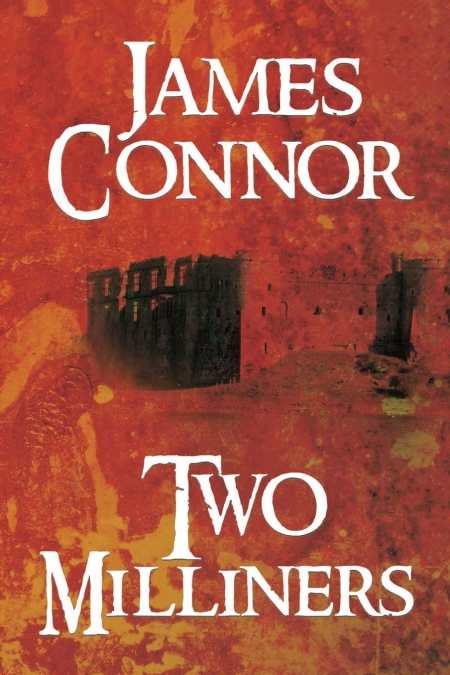Two Milliners
Set in England’s Midlands during the reign of Queen Elizabeth I, James Connor’s Two Milliners creates a promising opening for a book intended for a young adult audience. Two teenaged boys go for a swim in a river, while two teenaged girls hide nearby, eagerly spying on them. With a great nod to Shakespearean comedy, the author prepares the audience for a fun little farce.
Connor exhibits no qualms about using words that were not in use at the turn of the seventeenth century, once the story is set. Purists love to pick apart such lapses, but young readers may not even notice. As the last of the Tudors reigned over England, no girl wears a “sweater” and a horse-drawn vehicle is not known as a “rig.”
The story’s initial promise continues, as the boys meet the girls, and the teens alternately chase and hide from one another, in and out of the forest. Naturally, romance ensues, complete with bawdy flirtation and passionate kisses. That the teens are of vastly different social classes adds a time-honored extra dimension that, in comedy, often hints at a happy ending.
The boys are apprentices in a millinery shop, and the girls are the daughters of English nobility. Discussions between the two boys show an obvious awareness of the issue of social class, but it never develops into the sort of problem that might be expected. One of the boys seems to indicate that social standing does not matter, although it surely would have at the time, but he clearly appears to accept his “place” in society. His ambivalence does not ring true.
The girls are supposed to be young ladies of breeding, yet they run free at all hours of the day and night and seem to have no compunction about playing with the affections of others. Once the less than honorable intentions of all involved are revealed, the merriment implicit in the original attraction between the teenagers begins to vanish, as does any sense of comedy in the script.
As Connor’s story disintegrates from a sweet little love romp to a drama, the boys do the girls’ bidding in an awkward plot to get an extremely ill boy, the son of a castle employee, to a doctor. Some of the subsequent scenes would be truly hilarious were they presented as comedy, which they are not, so the tale falls flat. Kidnapping the sick child from his upper-floor bedroom by means of ropes, harnesses, and pulleys should come across as comical blunders and missteps, yet the comedy is nonexistent.The potential for both a bit of slapstick humor and a happy ending is evident, but the story takes a dark turn, which will disappoint many readers who’d come to care for the characters.
Connor brings his characters to life, but inconsequential conversations slow the action of the story. While Two Milliners starts strong, the comedy quickly ends and the drama begins, taking the story in a direction that leads to a tragic and unexpected conclusion.
Reviewed by
Cheryl Hibbard
Disclosure: This article is not an endorsement, but a review. The publisher of this book provided free copies of the book and paid a small fee to have their book reviewed by a professional reviewer. Foreword Reviews and Clarion Reviews make no guarantee that the publisher will receive a positive review. Foreword Magazine, Inc. is disclosing this in accordance with the Federal Trade Commission’s 16 CFR, Part 255.

